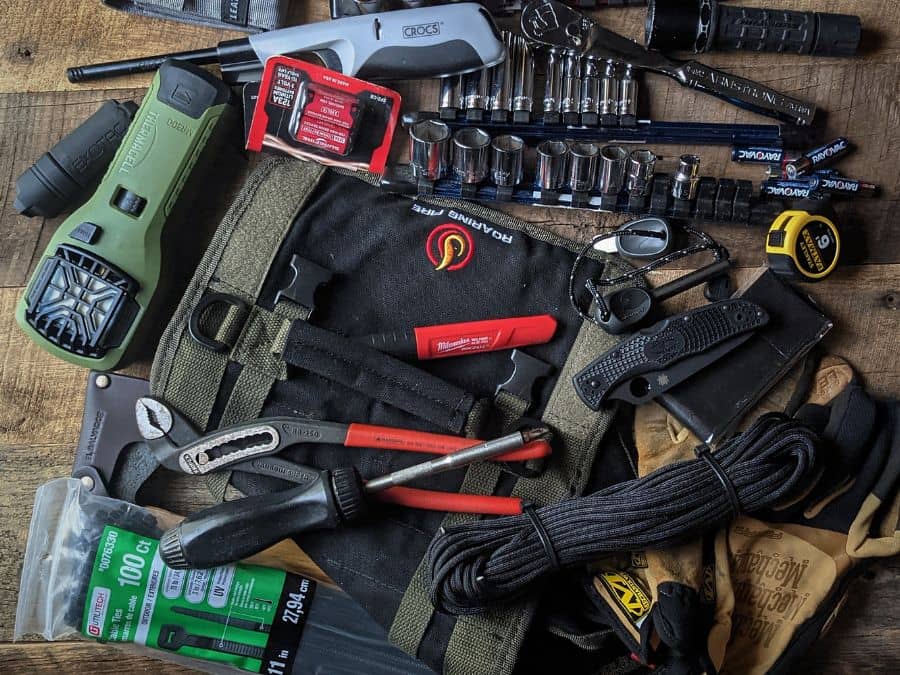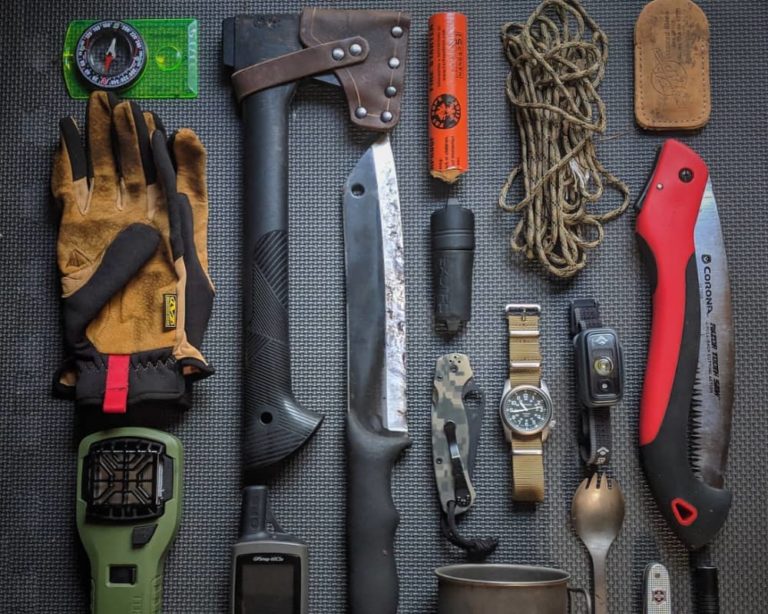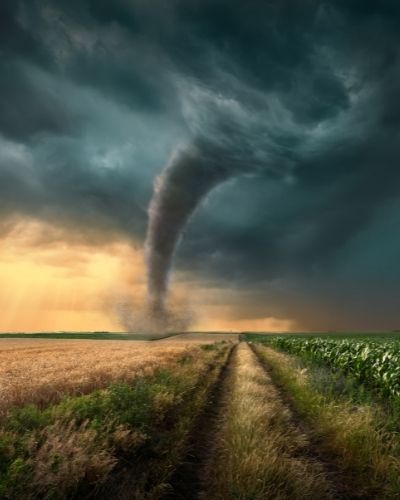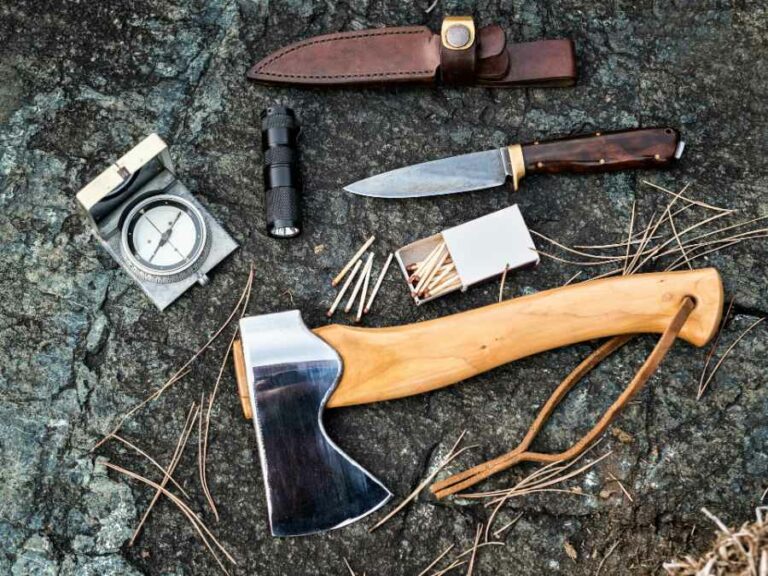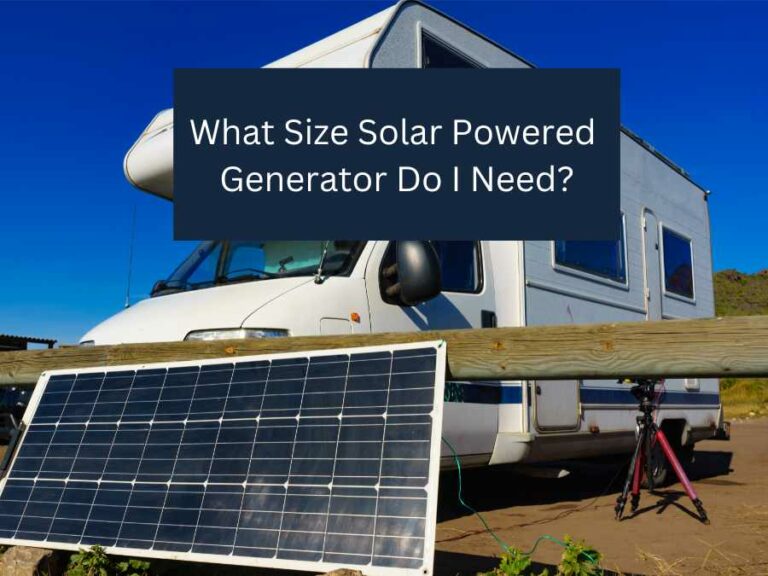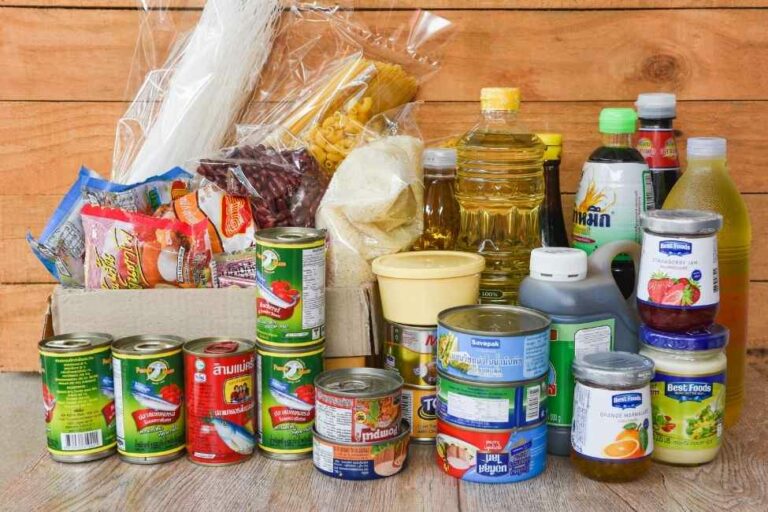When Did Prepping Start?
We all have a little bit of prepper in us. Do you purchase milk or eggs before you run out? You’re a prepper. Do you always make sure you don’t run out of toilet paper (especially after the great TP crisis of 2020)? You’re a prepper. Do you plan your meals and shop just once a week or once a month? If it’s not every day, then, that’s right, you’re a prepper.
Granted, that’s all on a smaller scale than what we’re talking about here, but still, it’s easy to see how prepping is a normal part of our lives – well, most of us. But what happens when the prep gets bigger? More involved? That’s what we’re going to look at here. These are the serious preppers, and they are ready for anything from a natural disaster to a terrorist attack to an alien invasion (hey, you never know). They prepare for war times, times of famine, times of economic collapse, social unrest, and pandemics.
The prepper movement has been around for decades, but over the past few years it has really taken off, especially in response to the COVID pandemic. But where did prepping start? What exactly do preppers do? What are the different types of preppers?
Let’s take a look at the whole prepper movement. It’s pretty incredible.
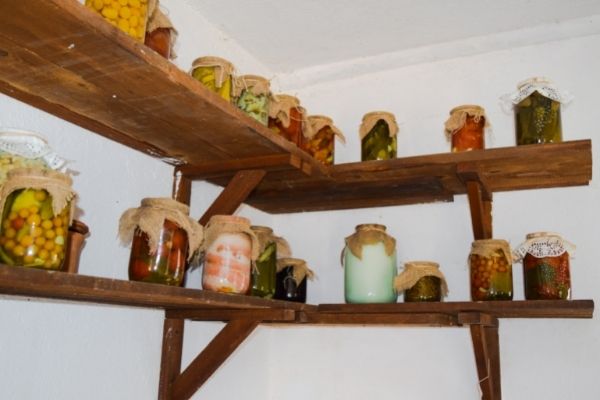
The Origins of Prepping
There was a time when prepping was just a normal part of everyday life. Back in the day, prepping was more a necessity than a movement or philosophy. Modern conveniences like supermarkets, fast foods, and mass-produced goods were not accessible. The farm-to-table journey of food was much, much shorter.
People would can and put away food in preparation for harsh winters, bad storms, and crop failures. They weren’t thinking about alien invasions or global pandemics or terrorist attacks.
Those fears didn’t start until the 1950s when the prepper movement as we know it really started to take off.
1950s & 1960s – The Cold War with the USSR (Russia) was in full swing, and a number of Americans believed that there was an imminent threat of a nuclear bomb being dropped on the US at any moment. The government put out PSAs and other information encouraging citizens to take precautions such as to stock up on shelf-stable food and to build fallout shelters. Bomb drills were a normal part of life for American adults and school children alike.
There were also several recessions that hit the US economy, prompting “experts” to warn of an economic collapse, urging citizens to take steps to prepare. This is when survival retreats and communes surged in popularity. The trend for these “escapes” was to recycle materials and utilize renewable energy as much as possible.
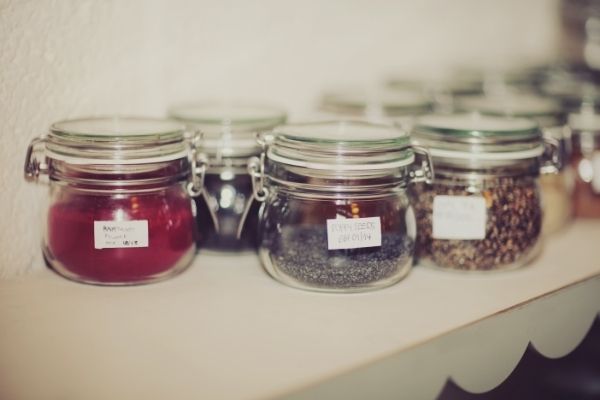
1970s & 1980s – Books and movies emerged during this time, detailing invasions and teaching people how to prepare. Guides explaining how to make homemade bombs and other weapons saw increased visibility while technologies of earlier times and pioneer skills were deemed essential. It is around this time (approximately 1975) that author Kurt Saxon is believed to have used the term “survivalist” for the first time.
The terms retreater and survivalist were basically used interchangeably, but over time, certain distinctions began to rise up within the two groups. The most notable was the more combative prep style of the survivalist while the retreater avoided conflict and worked to avoid being noticed.
The 1980s saw prepping (then called survivalism) explode into a multibillion-dollar industry. There were books and many movies like The Day After and Red Dawn that highlighted the fears of the American people for nuclear war or an invasion. Expos featuring survivalist equipment cropped up in the 1980s and are still going strong today.
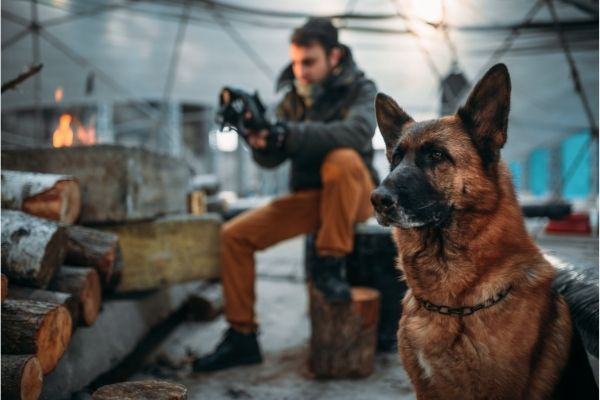
1990s – In the 1990s, the survivalist movement became an industry, taking on a more solidified, consistent form. It had become linked to the sustainability movement and the push to “save the planet.” However, by the 1990s, the survivalist movement was looked upon as more of a fringe group comprised of radical, extreme right-wing conservatives that were anti-government. This negative image was only solidified with events like the Waco compound siege in 1993, the Ruby Ridge siege in 1992, and the attack by domestic terrorist Timothy McVeigh in 1995.
Following closely on the heels of these events was the Y2K panic that injected new life into the survivalist movement. However, when nothing happened at the stroke of midnight on December 31, 1999, society largely returned to the attitude that the survivalist ideology was illogical, unfounded, extreme, and maybe even a bit loony.
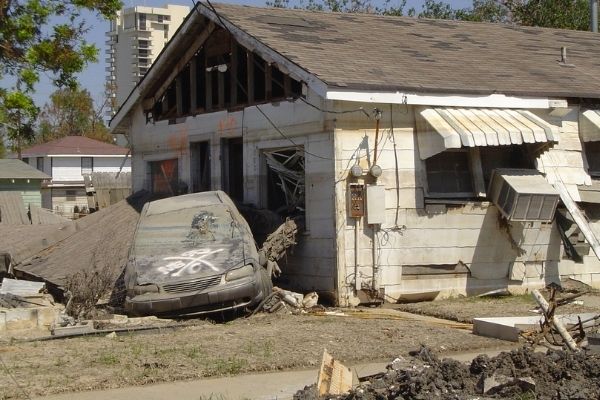
2001 – While some historical references claim that the term “prepper” was first used in 1904, it wasn’t until 2001 that it became a household word. In fact, there were 0 results for “prepper” as a search term in Google in 2000.
2001 was a different story as prepper websites began cropping up. When the terrorist attacks on September 11 blindsided the entire nation, the American people took notice and heeded the advice of authorities to stockpile essential resources and supplies like shelf-stable food, duct tape, and medical supplies. Disaster kits and evacuation plans became the norm in American homes.
These were all things that the “crazy” survivalists had been talking about for years. And now the government was backing them up.
Major disasters like Hurricane Katrina and the Great Recession changed the mindset of many and survivalism took on a new name – preparedness. By 2010, it was estimated that about half of American households were taking steps toward preparedness.
2010 to Present Day – Sometime around 2010, the prepper movement began to really take shape and branch off into specific classifications. A BBC article published in 2010 by American Preppers Network founder, Tom Martin, drew a distinct line between survivalists and preppers. Survivalists, he said, could live off the land with their ready-to-eat meals and firearm arsenals.
On the other hand, preppers was a broader term, describing people who weren’t seeking isolation in anticipation of an impending Armageddon, rather they were just regular people, leading normal lives, and just so happen to prep a little for disasters that may come. Another article painted preppers as the antithesis of survivalists who were depicted as a “group of paranoid doomsdayers.”
Since then, prepping has steadily grown, and various prepping types have emerged.
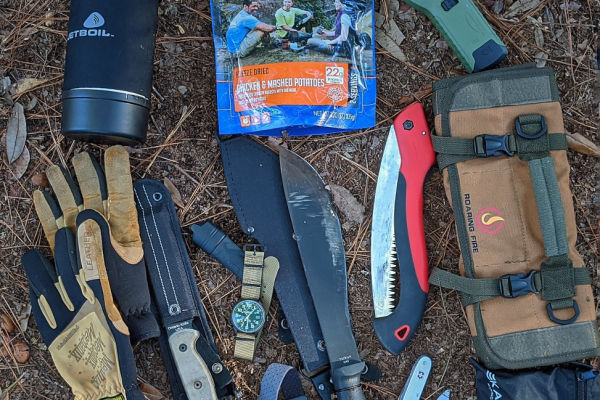
The Prepping Philosophy and Attitudes
Prepping philosophy varies among different types, but there are some things that are pretty consistent. One common idea is that if you do prep you should keep it to yourself. The reasoning behind this is that when hard times do hit, your home or stockpile will become a target for looters and robbers. This is also why it is difficult to get a solid number on how many people in the US are preppers.
While preppers are traditionally thought to be white, middle class, men who are conservative, women are also getting into it, as are other races and even some liberals. It is no longer confined to just one narrow demographic.
The reasons for prepping are varied, but many rely on two things: religion and fear. Sometimes these two are together and other times they are not, but with most prepping situations, at least one exists to some degree.
There are also those who plan to “bug in,” meaning they will shelter in place instead of evacuating, and there are those who will “bug out,” meaning they will evacuate. “Bug-out bags” are usually ready and waiting for this crew with everything they think will be needed. Even those who plan to bug in, though, do allow for the possibility that they may have to leave – and they are prepared for that too.
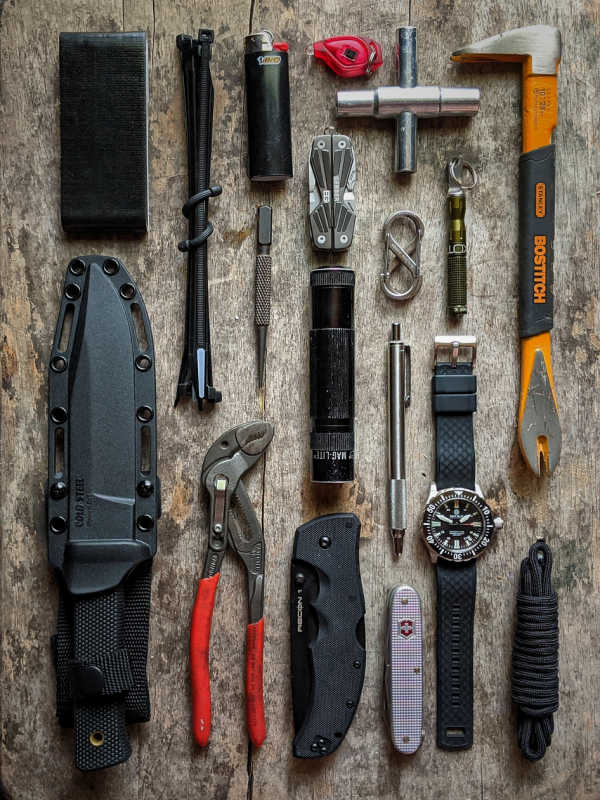
Some of the main practices that preppers do include:
- Stockpile food and water
- Learn wilderness skills
- Have an evacuation plan
- Pack a bug-out bag
- Garden to produce their own food
- Use solar panels, generators, and other off-grid tech
- Plan for a grid outage or blackout
- Raise livestock for food
- Practice first aid
- Create communities with other preppers, either virtual or IRL
- Learn self-defense
The prepper philosophy is simple: self-sufficiency, self-reliance, and a strong sense of a citizen’s duty to NOT rely on the government.
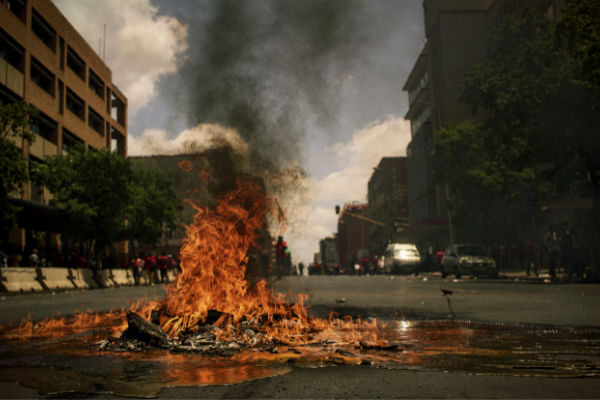
Types of Prepping
Many different types of preppers have emerged over the years. These are some of the more popular and better known types
What is an Average Prepper? This is where most preppers are going to fall. They have some food stockpiled, they have some supplies stored, and their bug-out bag is packed. Their food and water stockpile range from 1 month to a year and they usually have at least one gun. They have the basic skills to survive but may lack some of the more essential skills like bushcraft and survival medicine.
What is an Accidental Prepper? This prepper didn’t exactly set out to “prep” per se, it just sort of happened and they would probably do OK for a short-term event. They don’t have many, if any, of the essential skills, but they have some supplies and are used to thinking outside of the box so they would probably fare somewhat well.
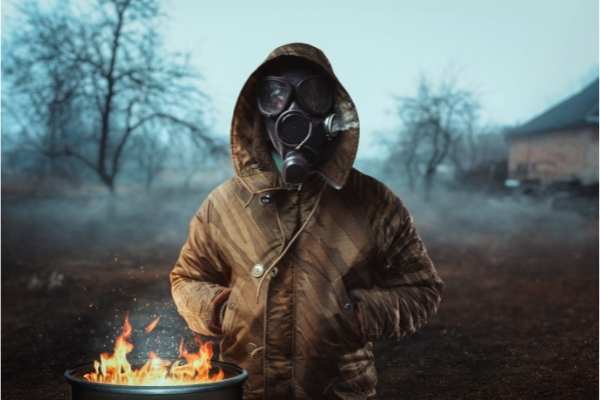
What is a Survivalist? This is the hardcore prepper who has the essential skills to survive in any circumstances. They have bushcraft skills, have no problem surviving in harsh conditions, and actually enjoy being off-grid. They can identify poisonous as well as medicinal plants, can live in the woods, have basic medical skills, and often have adequate firearm protection. They also typically don’t care to adhere to the norms of society and are often mistrustful of government.
What is a Doomsday Prepper? This group is prepped – really prepped. They are convinced that the world is going to collapse, and they are going to be ready for it. The common idea is that once this collapse occurs, the militia will rise up and take control of society. All modern conveniences will be a thing of the past, so they are prepared for it all. They are dedicated but may tend to ruminate on a single doomsday scenario while not considering others so they can miss some things or not be prepped in certain areas.
What is a Homesteader? Many homesteaders aren’t really preppers in the common sense of the word. They know how (and often prefer) to live like pioneers, growing their own food, making the things they need like soap, furniture, and clothing, and are off-grid either totally or partially. This is their way of life and if “the event” were to happen, it would likely register as barely a blip on their radar because they are already living the life.
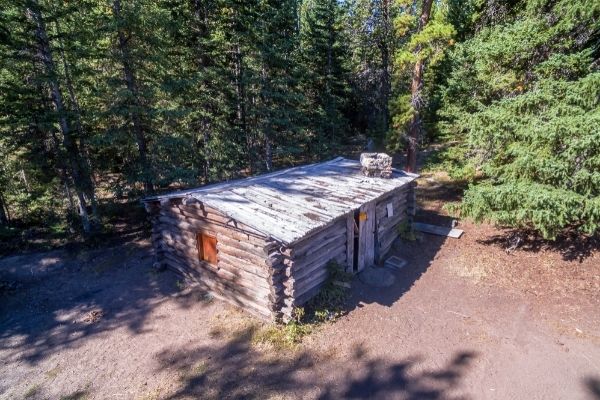
What is a Minimalist Prepper? The focus for this prepper is on knowledge, skill, and practice, valuing it over stockpiling. In fact, they don’t have much of a stockpile which is good in a way because they don’t spend as much money. They do tend to have good skills and are adept at traveling very light so bugging out won’t be an issue. They don’t believe that they need the gear or the stockpile because they have the knowledge.
What is a Tactical Prepper? Veterans typically fall into this prepper type. They see the world from a tactical or militaristic perspective. Prepping for this guy is “us versus them” and it is a war. In order to survive this war, they need to plan, strategize, and be armed. They know how to lay low and are exceptional at OPSEC. If you had to choose the group of preppers that would be most likely to keep you alive, this would probably be the one. But don’t expect them to go easy on you. A survival situation with one of these guys is likely to be like hell week at boot camp.
What is a Conspiracy Theorist Prepper? You can’t talk about prepping without including this group. Their eyes are on the wealthy, the powerful, and the corporations that are keeping the little guy down and oppressed. They stockpile, usually have property somewhere in the boonies where they can retreat to get away from “big brother” when things go south. Their ideas sound outlandish to many, but sometimes they do get it right. So, can we really afford to discount them?
By contrast, there are the “sheeple.” This is a somewhat derogatory term for the people who think everything is wonderful and nothing is ever going to happen. In their minds, they are prepared because there is no threat in the world that would take away or destroy life as we know it. They live their blissful lives like the world isn’t going crazy. Thing is, when the tofu hits the fan, they’re toast.
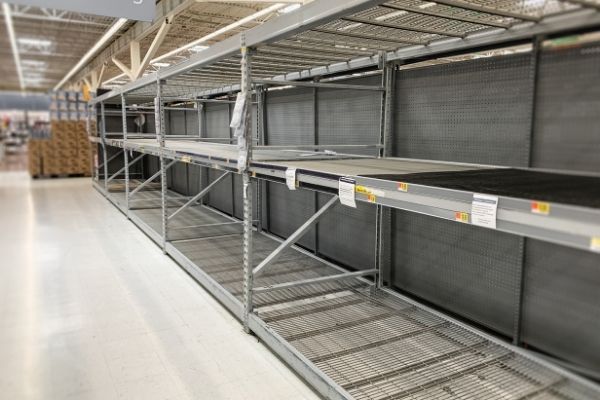
How the Pandemic Reshaped Prepping
In late 2019 and early 2020, preppers from all walks of life finally got their moment of recognition and validation. As the COVID pandemic brought quarantines and empty store shelves, all of a sudden, prepping made sense.
The pandemic has increased mainstream acceptance of prepping as people realized that literally overnight, they could find themselves sitting in their living room with no access to food, baby formula, or rubbing alcohol.
All of a sudden, the stockpiles of food, cases of supplies, and preparations to survive for weeks or months without any resources looked really good – and very smart. And just like that, the tinfoil hat jokes stopped, the strange looks at people stocking up at warehouse retail stores ceased, and people started to pay attention.
This was no longer a “that could never happen to me” scenario, but it became a “it’s really happening to me” event. For those who had been laughing and mocking preppers, it was like getting caught in a downpour without an umbrella. Suddenly they were sitting there wondering how they were going to get the food and supplies that they needed while the “crazy preppers” just pulled another can of pork and beans out of their stockpile and heated it over a propane stove.
The naysayers were caught up in the insane toilet paper crisis of 2020 when toilet paper was extremely scarce. Preppers had seen the writing on the wall weeks earlier and stocked up, along with beans, rice, spices, rubbing alcohol (another extreme shortage), and other supplies. While the unbelievers were searching for the things they needed, the preppers had plenty in their basements.
And everyone began to take note. If anything, the pandemic legitimized prepping and highlighted the importance of having a plan and being prepared for anything. For you to get a leg up, read our article on getting started. Today there are groups all over social media, meet-ups for people to get together face to face, and communities that have been built by like-minded individuals who have decided it is safer to come together and live in one place than be alone.
Because at the end of the day, you never really know when the other shoe is going to drop.
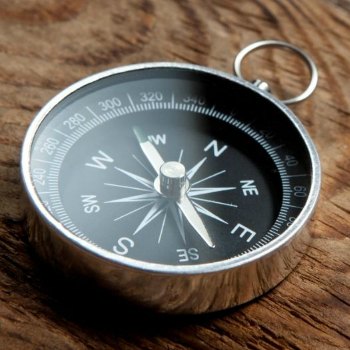
Rory Witkowski is a adventurous and outgoing contributor to Tech Writer EDC. His work appears on several websites and he strives to put forth interesting and meaningful content. Based in Charlotte, North Carolina, Rory is a senior creator at Coastal Market Strategies.

